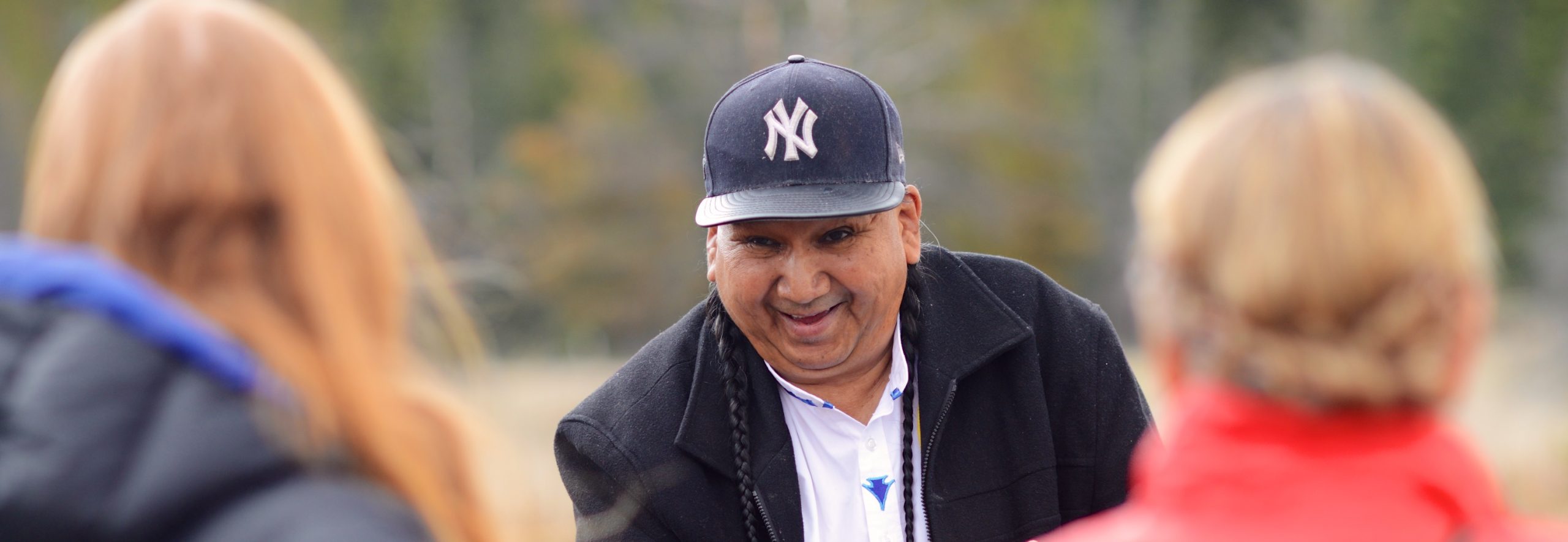Beneath surface-level discussions and debates around the Jasper wildfire lies a more complex reality.
This fire is not just an isolated event, but part of a broader pattern linked to climate change—a result of a century of colonial land use practices and an economic system focused on extraction and short-term gain at the expense of a liveable planet.
As we have seen, the conversation on a national level around the wildfire has focused on which political party did or did not allocate enough resources or how fire management plans could have been different. These questions miss the point. Political blame is a distraction from the larger issue. We need better systems that prioritize resilience, sustainability, and the long-term health of communities and ecosystems. And while our provincial government may claim that CO2 is an “essential nutrient,” wildfires to this scale are a stark reminder that we can no longer afford to dismiss the true impacts of climate change on our land and our communities.
As we confront the hard truths of climate change, it’s crucial to examine how our local economic systems may continue to reinforce the extractive practices that contribute to these challenges.
This brings us to the tourism industry, which fuels Jasper. Tourism has always been the lifeblood of our community and will remain essential to its future. However, the current system often operates as an extractive one: visitors come, experience the place, and leave, frequently without a chance to genuinely connect with the community or land. Many tourism dollars benefit external stakeholders through economic leakage from our community, and funds collected from visitors are often funnelled dominantly into marketing rather than building a truly sustainable, locally rooted economy.
The wildfire has profoundly changed Jasper’s landscape and our community. While we collectively grieve this loss, we also have a chance to rethink and reshape Jasper’s future. Imagine a tourism model that fosters genuine connections between visitors, residents, and the land. One where every dollar spent goes back into the community, promotes sustainability, reinvests in ecological restoration, and aids in community recovery. A model where residents are not just consulted but are central to shaping an economy that reflects their values.

In this future, visitors spend more time connecting meaningfully with Jasper—learning about fire ecology on Indigenous-led tours, volunteering with community projects, or exploring unique local activities like art classes, rock climbing, and biking. Business licences could prioritize local businesses and traditional knowledge holders, offering experiences that deepen ties between visitors and the landscape, benefiting both the community and the environment.
To move forward, we can get inspired by other global examples:
Support for Small and Sustainable Tourism: Iceland has prioritized small-scale, local enterprises in tourism with access to funds and grants for small enterprises, incentives for local innovation with subsidies, and regulations on large scale foreign investment. Because of these policies, local operators dominate guided tours and hospitality services!

Community based sustainable tourism: In Costa Rica, children at all ages learn about the importance of sustainability and stewarding their environment and tourism offerings revolve around the priority of environmental protection. For example, Asociación ANAI is a non-profit organization that has established several community-based conservation projects in the southern Caribbean region. Working with residents, they have created a marine conservation initiative to protect sea turtles along the Talamanca coast, which visitors can support by adopting a sea turtle. Meanwhile, the income from sea turtle tourism also provides income for local families.
Tourism fees and local involvement: While it’s exclusive and not very accessible, Bhutan has lofty daily fees and policies which have limited mass tourism growth, and instead encouraged high-impact visitors. As a result, local guides and companies can thrive as the country does not have a high demand for multinational hotel chains or tourism operators. We’re not suggesting high fees and exclusive policies are the solution in Jasper, but the prioritization on authentic experiences facilitated by locals is critical.

Climate Resilience Fee: In Greece, they introduced a climate tax on tourists to replace their previous hotel tax. This tax recognizes that high demand tourist locations are at a heightened risk for climate change impacted natural disasters. By changing the focus of their tourist tax, they can better prepare and increase their resilience.
In thinking about the future in Jasper, we think these key ingredients should be in Jasper’s recipe book:
- Encouraging Local Ownership: Ensuring local businesses can thrive. This means micro-grants and funds, training and skill development, and local solidarity so tourists can make educated choices to support local operators.
- Regulating Foreign Investment: Limiting the extent of foreign ownership or control over major tourism infrastructure or services. This requires public advocacy and engagement to all levels of government, to ensure there is not economic leakage to large international companies, and dollars can be reinvested for community and environmental wellbeing. Which leads to the next point:
- Reinvesting Tourism Revenue: Using tourism-related revenues to fund local development projects, infrastructure, and conservation efforts. If economic leakage is limited, funds can be used for more than just future growth but to regenerate our natural spaces.
- Creating Sustainable Tourism Models: Focusing on eco-tourism and community-based models where tourism benefits are distributed more equitably among local people. This requires more engagement from locals in the planning, development and execution of tourism planning and destination management plans.
- Building Climate Resilience: To secure a thriving future for Jasper, climate resilience must be woven into every aspect of tourism and community planning. Visitor education on climate change impacts is also essential, particularly in light of the wildfire’s effects and the rapid retreat of Jasper’s most accessible glacier in North America. A community-focused resilience fund, supported by tourism revenues, could finance these initiatives, including visitor education programs, infrastructure upgrades, and resources to help small businesses adapt to and thrive in a changing climate

While disasters like this wildfire bring immense challenges, they also offer a rare chance for reflection and the opportunity to chart a new course. As a community of skilled adventurers, we are no strangers to navigating the unknown. Now, we have the chance to lead Jasper into a future that honours our land, our people, and our shared values.
If you’re interested in envisioning a more thriving future for Jasper, please reach out at thrivingjasper@gmail.com.
About the Authors:
Lindsey Gartner holds a Master’s degree in Ecological Economics and is the Project Director for the Outdoor Council of Canada. Brooklyn Rushton holds a Master’s degree in Climate Change and is a PhD candidate studying regenerative tourism transitions at Wilfrid Laurier University.
Together, with a collective 12 years as Jasper residents, Lindsey and Brooklyn are passionate about supporting Jasper’s recovery and advocating for innovative, community-driven solutions to ensure a resilient and thriving future for the town.


